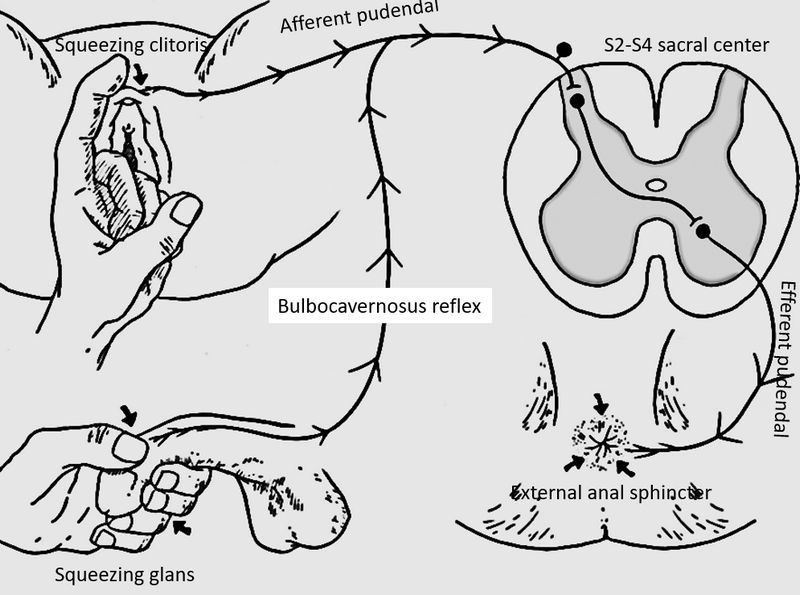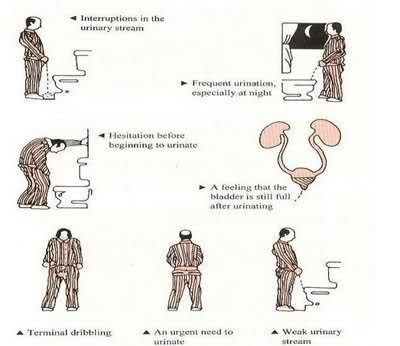Synonyms: Bulbospongiosus reflex (BSR), Osinski reflex
Reflex arc:
a. Stimulus: Briskly squeezing glans penis or clitoris or Tugging Foley’s catheter (pulling the balloon of foley’s catheter against the bladder neck)
b. Afferent: Sensory fibers of pudendal nerve
c. Reflex center: S2-S4 spinal segments (Polysynaptic)
d. Efferent: Motor fibers of pudendal nerve
e. Response: Contraction of Perineal muscles (External Anal Sphincer)

Technique:
- Perform per-rectal examination and evaluate anal tone
- Apply stimulus for BCR to evaluate for increased anal tone
Importance:
1. Normally present in almost all men and 70% women.
2. In spinal cord injury, return of BCR marks the end of spinal shock.
3. It may be preserved in high conus medullaris lesions but it is lost in cauda equina syndrome.



Where can I get this test done in Australia on the east coast?